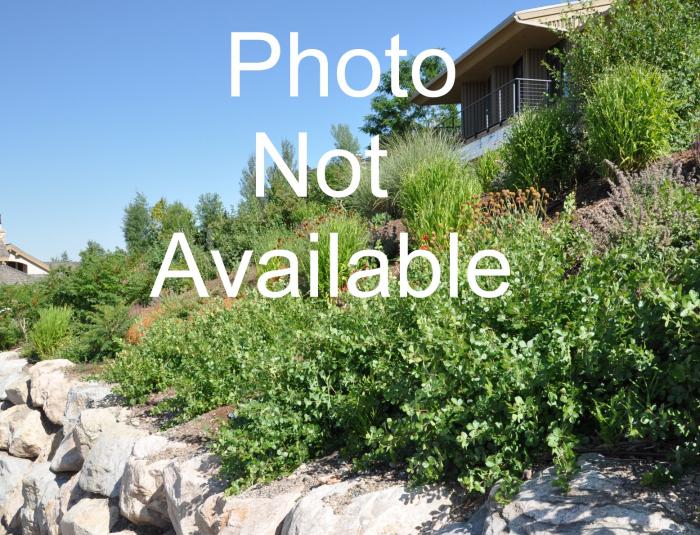| Botanical Name: Purshia tridentata | |
| Common Name: Antelope Bitterbrush |

-
Anatomy
-
Culture
-
Design
Plant Type
Broadleaf Evergreen, Shrub
Height Range
6-12'
Flower Color
Yellow
Flower Season
Spring, Summer
Leaf Color
Grey Green, Silver
Bark Color
Brown, Grey
Fruit Color
Brown
Fruit Season
Summer, Fall
Sun
Full
Water
Very Low, Low
Growth Rate
Moderate
Soil Type
Sandy, Rocky
Soil Condition
Poor, Well-drained, Dry
Soil pH
Neutral, Basic
Adverse Factors
n/a
Design Styles
Mediterranean, Ranch
Accenting Features
Showy Flowers
Seasonal Interest
Spring, Summer
Location Uses
Background, Shrub Border, Walls / Fences, With Rocks
Special Uses
Screen, Mass Planting
Attracts Wildlife
Birds, Butterflies, Wildlife
Information by: Stephanie Duer
Photographer:
Photographer:
-
Description
-
Notes
Antelope Bitterbush is a native shrub with a rounded, irregular form growing about 6 to 8 feet tall and about as wide. Leaves are dark green above and densely, woolly white underneath, leathery, deeply lobed, and evergreen or deciduous, dependig on how mild a winter we have. Flowers are simple, yellow, and rose-like, and bloom from April through July. Flowers are followed seeds that are enjoyed by birds. Bark is grey to brown. A Utah native. Use in low-irrigation areas; in poor, rocky soils as a hedge; or in natural landscapes.
Grow in full sun and in well drained, gravelly soils. Will tolerate sandy and rocky soils. Tolerates alkaline soils. Drought tolerant once established. Does not tolerate shade. Its ability to survive deer browsing would indicate that it tolerates pruning, though heavy pruning will reduce flowering as it blooms on second-year wood.